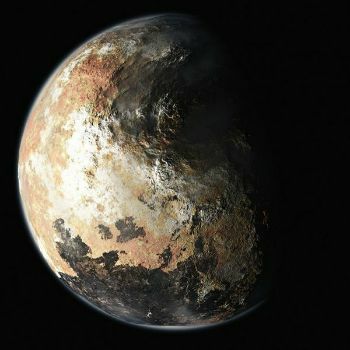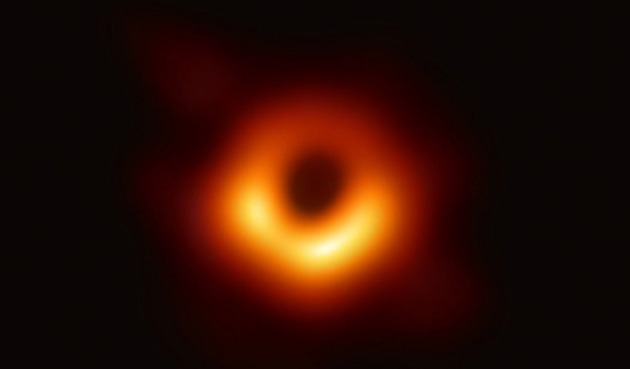Pluto is a dwarf planet which is located 5.9 billion kilometers away from the Sun.
It is noteworthy that Pluto is no longer considered a planet in the solar system since 2006. That year, the International Astronomical Union classified it as a "dwarf planet" because of new classifications that defined a celestial body as a planet.
Thus, the group, formed by 2,500 scientists, established that to be considered a planet, the celestial body must:
- assume the rounded shape;
- have its own gravity from its massive mass;
- to orbit around a star;
- be dominant in orbit.

Pluto Characteristics
One Plutonian day takes 153 terrestrial hours (about 6 days) and happens through the rotation movement. already one Plutonian year corresponds to 248 Earth years. This corresponds to the time it takes to complete a turn around the Sun through the translation movement.
It is worth noting that Pluto's rotation is retrograde, rotating from east to west, as happens with Uranus and Venus.
The planet has similarities to a comet because its atmosphere, discovered in 1988, is fragile and expands when it is closer to the Sun. At the same time, it performs the reverse movement when it is far away, contracting.
Pluto consists of a rocky core on a sheet of frozen ice and methane. The estimated temperature is minus 220 ºC and, therefore, it is also known as dwarf ice cream.
It is located in a zone of space called Kuiper belt. The place is filled with thousands of frozen miniature celestial bodies called "Trans-Neptunian objects".
There, it even intersects with Neptune in orbit around the Sun. Its orbit is quite elliptical and comes closer to the Sun than Neptune. When it is close to the Sun, the icy surface temporarily melts.
Although scientists believe there is an ocean hidden beneath Pluto's surface, life as we know it would not be supported on the planet.
Pluto's Moons
The main one of the five moons orbiting Pluto is Charon, discovered in 1978. It is almost as big as Pluto and takes six Earth days to complete the rotational movement.
Only in 2005, after observations from the Hubble Space Telescope, were the moons discovered Nix and Hydra. As early as 2013, scientists identified Kerberos (Cerberus) and Styx (Styx).
Pluto Research
In 2015, NASA (US Space Agency) conducted research to detail the characteristics of Pluto and its moons through the probe New Horizons.
The probe pointed out details of the orbits of the moons Nix and Hydra, whose sizes have not yet been determined.
Curiosities
- Pluto was discovered in 1930 by the American astronomer Clyde Tombaugh (1906-1997).
- Pluto was considered the ninth planet to orbit the Sun until 2006, when it was classified as a dwarf planet by the International Astronomical Union.
- Pluto is the name of the Roman god of the underworld.
- Besides Pluto, other dwarf planets that are worth mentioning are: Eris, Ceres, Haumea and Makemake.
Read more about the topic:
- Celestial bodies
- dwarf planet
- Atmosphere of the Planets
- Planets of the Solar System



